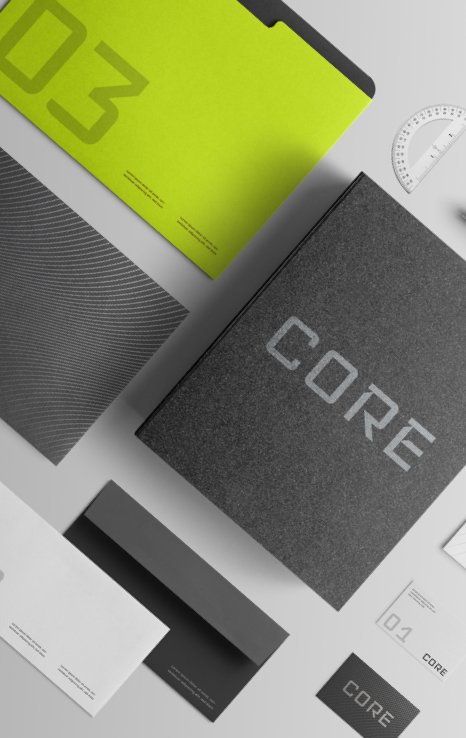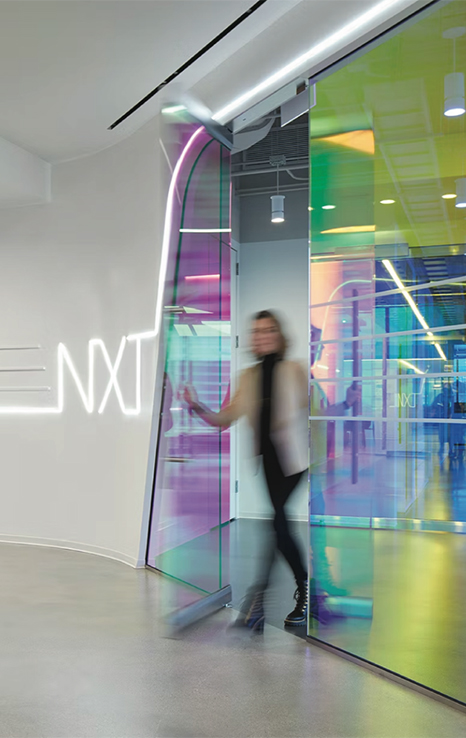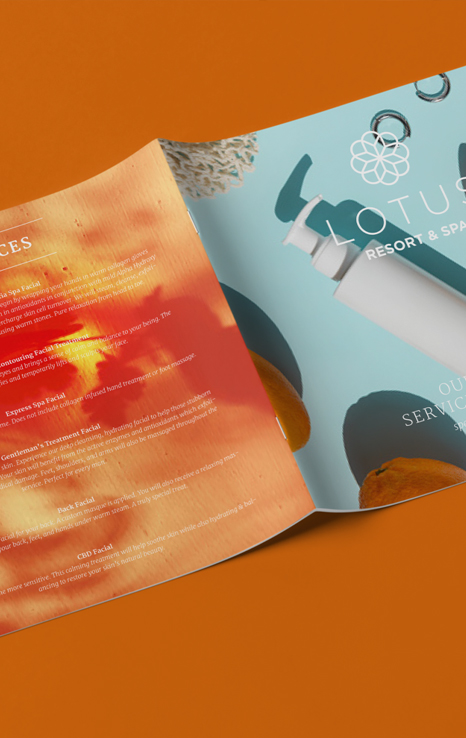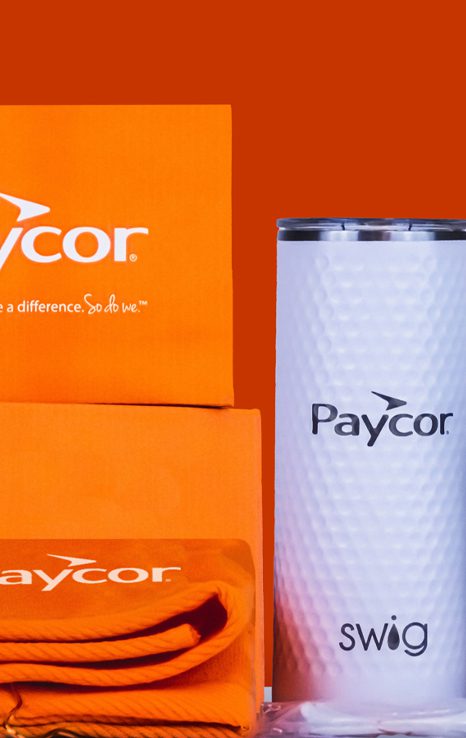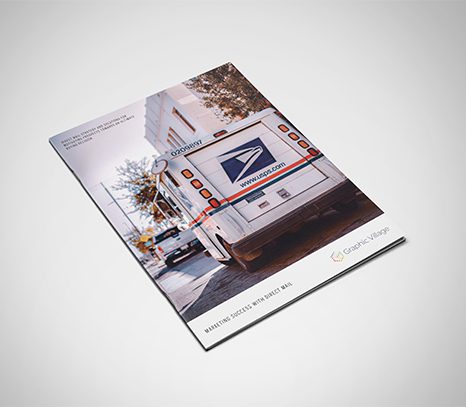White space, or negative space, is the area between and around design elements, crucial for creating visually appealing and effective designs. It enhances clarity, structure, and visual hierarchy, guiding the viewer’s eye and emphasizing key elements. In Swiss Design, white space is essential, contributing to a clean, minimalist aesthetic that improves readability and balance. This thoughtful use of space avoids clutter, adds sophistication, and effectively communicates the message. Here are six ways that white space achieves this.
- Visual Clarity: White space helps create a sense of balance and organization. By providing breathing room around elements, white space prevents the design from feeling cluttered and overwhelming. Take a look at Apple’s website, packaging, and advertising. Notice how the generous use of white space not only highlights the products, but also exudes a sense of luxury – making the overall design feel clean, modern, and sophisticated. Whether you are designing for print or digital, Apple’s example exemplifies the power of white space in creating a premium look and feel.
- Readability: White space can significantly impact the readability of text. Adequate spacing between lines and paragraphs improves legibility and makes it easier for readers to follow along. Similarly, generous margins around text blocks can prevent the text from feeling cramped. White space can also enhance readability.
- Comprehension: White space can improve comprehension by guiding the viewer’s eye through the design. For example, Nike’s advertising and branding often feature bold, impactful imagery with minimalist text and design elements. Nike’s print ads, for instance, frequently use white space to draw attention to the product or critical message while also creating a sense of elegance and sophistication.
- Emphasis and Focus: White space can be used to emphasize key elements of a design. By surrounding important elements with white space, designers can draw attention to them and make them stand out. This ensures that the viewer’s attention is focused where it matters most.
- Aesthetic Appeal: Beyond its functional benefits, white space can enhance the aesthetic appeal of a design. Well-balanced designs that effectively use white space are often perceived as more elegant, sophisticated, minimalist, and professional.
- Conveys Mood and Atmosphere: White space helps convey mood and atmosphere in design. Ample white space can evoke a sense of calmness, openness, or luxury, while tighter, reduced white space can create a feeling of urgency or density. However, Swiss design generally favors open, airy layouts to maintain a sense of clarity and elegance.
Types of White Space
There are a few white space categories to be aware of in design:
- Active White Space: This is space intentionally left blank to create a sense of design flow or to emphasize specific elements. It’s a conscious choice to make a layout more visually engaging and easier to navigate.
- Passive White Space: This is the default space that appears naturally between words, lines of text, or around graphic elements. While it’s not actively manipulated, it’s essential for readability and overall aesthetics.
- Micro White Space: The small spaces between lines of text (leading), letters (kerning), and words. It plays a significant role in typography to enhance readability.
- Macro White Space: The larger spaces between major elements like margins, paragraphs, and sections. This contributes to the overall layout and is crucial for creating a balanced design.
White space is a powerful design element that should not be overlooked. You can improve visual clarity, readability, comprehension, emphasis, and overall aesthetic appeal by strategically incorporating white space into your designs. Whether designing a website, a brochure, or a poster, remember that sometimes less is more! •












